The Scrovegni Chapel, located in Padua, Italy, is one of the most important works of art of the Renaissance period. This chapel is famous for its frescoes made by Giotto di Bondone in the 14th century.
The chapel was commissioned by Enrico Scrovegni, a wealthy banker, as a private chapel for his family and in memory of his father. Giotto, one of the greatest artists of his time, was commissioned to decorate the interior of the chapel with frescoes that told the story of the Virgin Mary and the life of Christ.
Giotto’s frescoes in the Scrovegni Chapel are considered a milestone in Western art. Giotto introduced new painting techniques and a sense of depth and humanity to his paintings, which contrasted with the flat, stylized style of the earlier period. The scenes painted by Giotto in the chapel are very expressive and engaging, and are considered one of his most significant works.
What are the themes of the frescoes?
The themes addressed in the frescoes range from the stories of the Annunciation, the Nativity, the Passion of Christ and the Resurrection, up to the Last Judgment. Each fresco is characterized by a meticulous detail and a deep emotionality, which conveys a sense of devotion and spirituality.
The Scrovegni Chapel is a place of great historical and artistic importance, but it is also notable for its conservation. The chapel has been painstakingly restored over the years to preserve Giotto’s frescoes and ensure they can be enjoyed for future generations.
To visit the Scrovegni Chapel, a ticket for a specific time must be reserved in advance, as the number of visitors is limited to protect the frescoes from light and humidity. Upon entering the chapel, visitors are also subjected to a short air conditioning session to ensure the stability of the internal environment.
In conclusion, the Scrovegni Chapel is a place of great artistic and historical beauty. Giotto’s extraordinary craftsmanship, combined with the depth and intensity of his representations, makes the chapel an essential stop for art lovers and for those wishing to immerse themselves in Italian Renaissance art.
Photo by Meris Corni. For more information about this place visit the official website of this place.
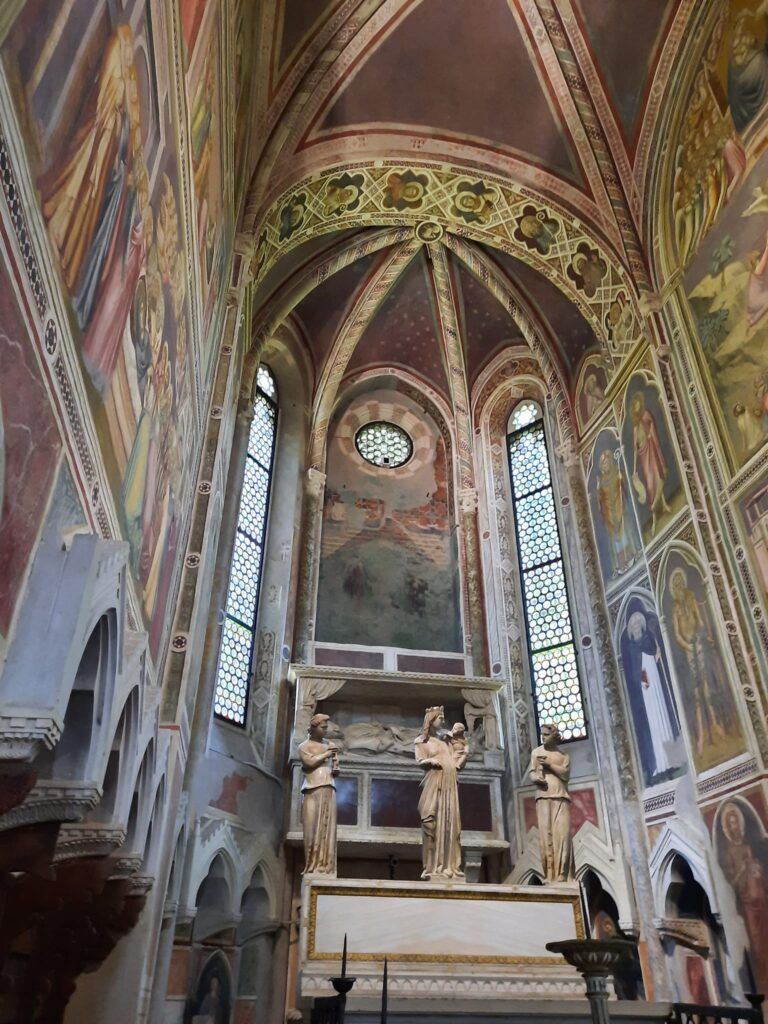
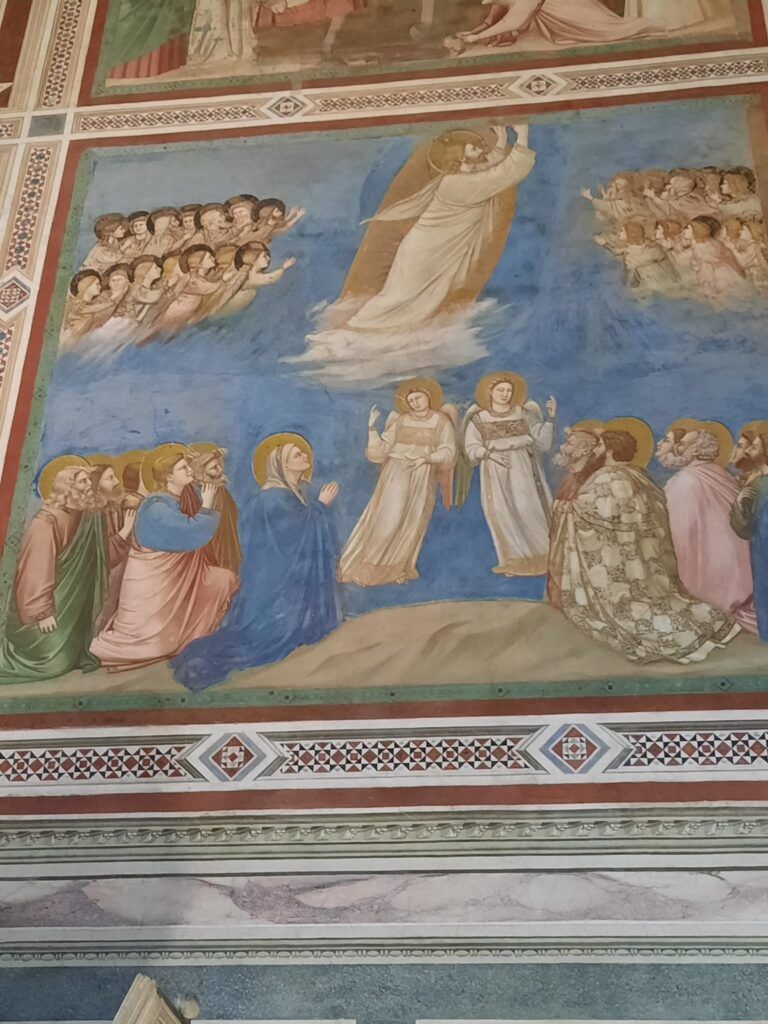
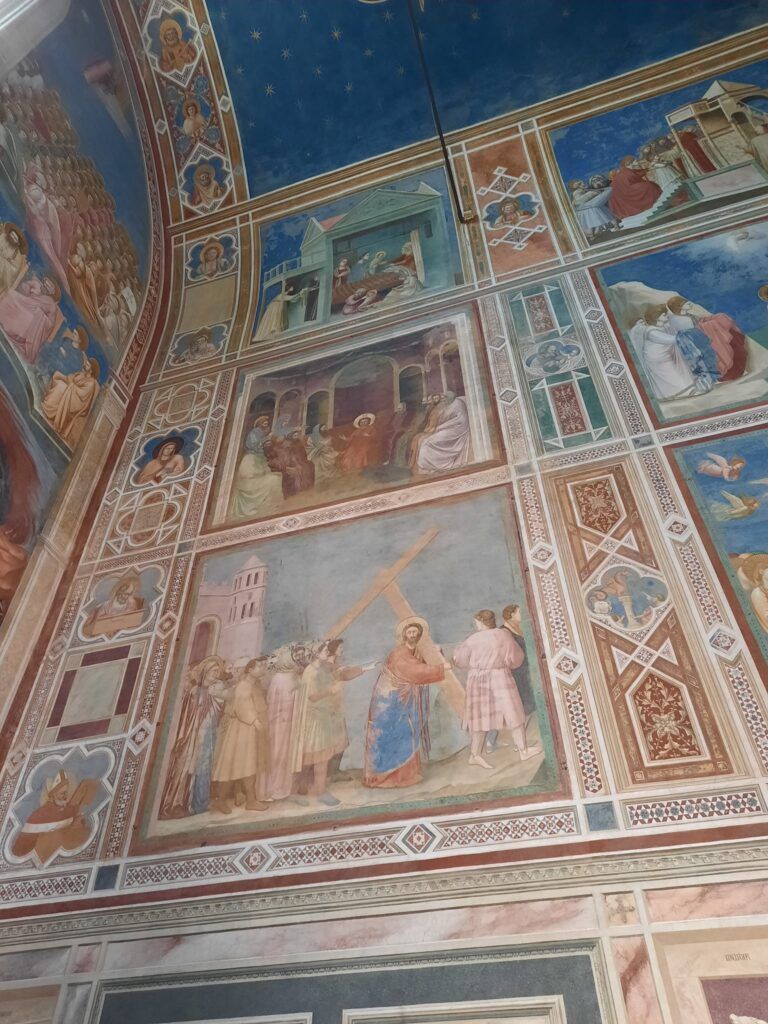
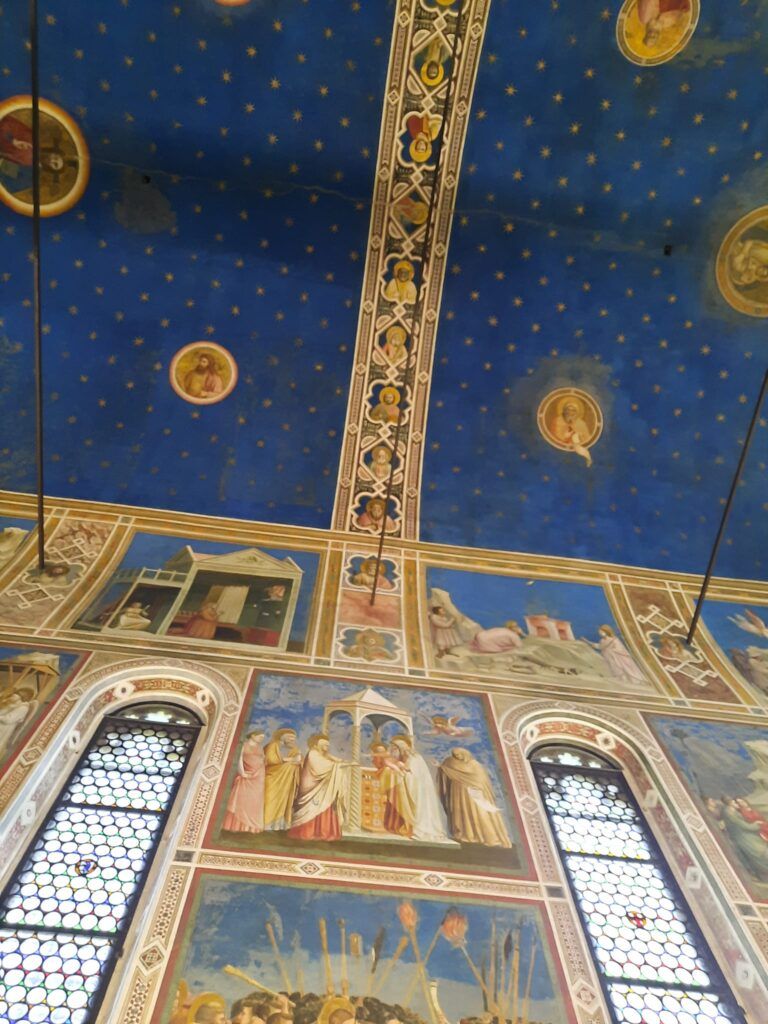
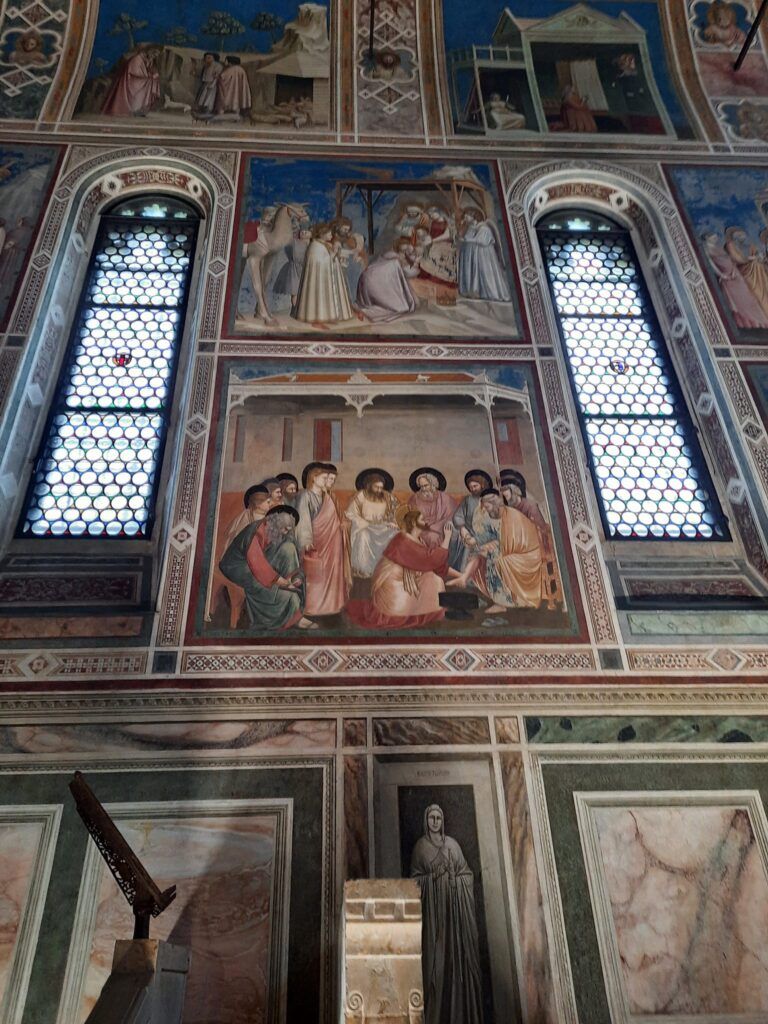
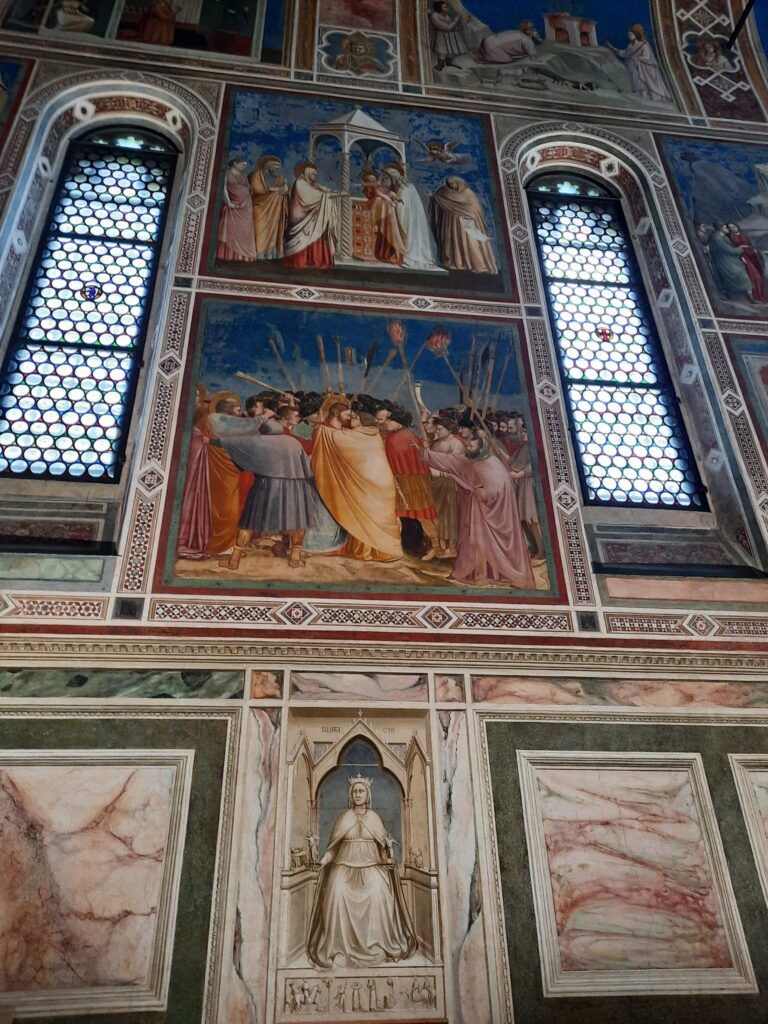
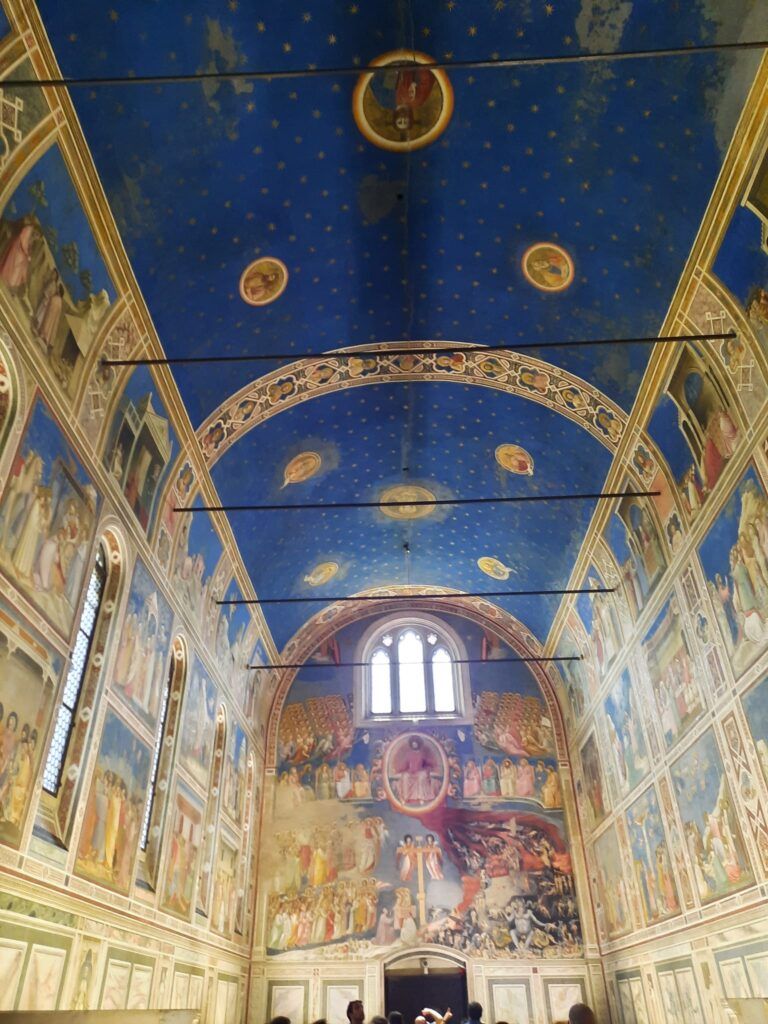
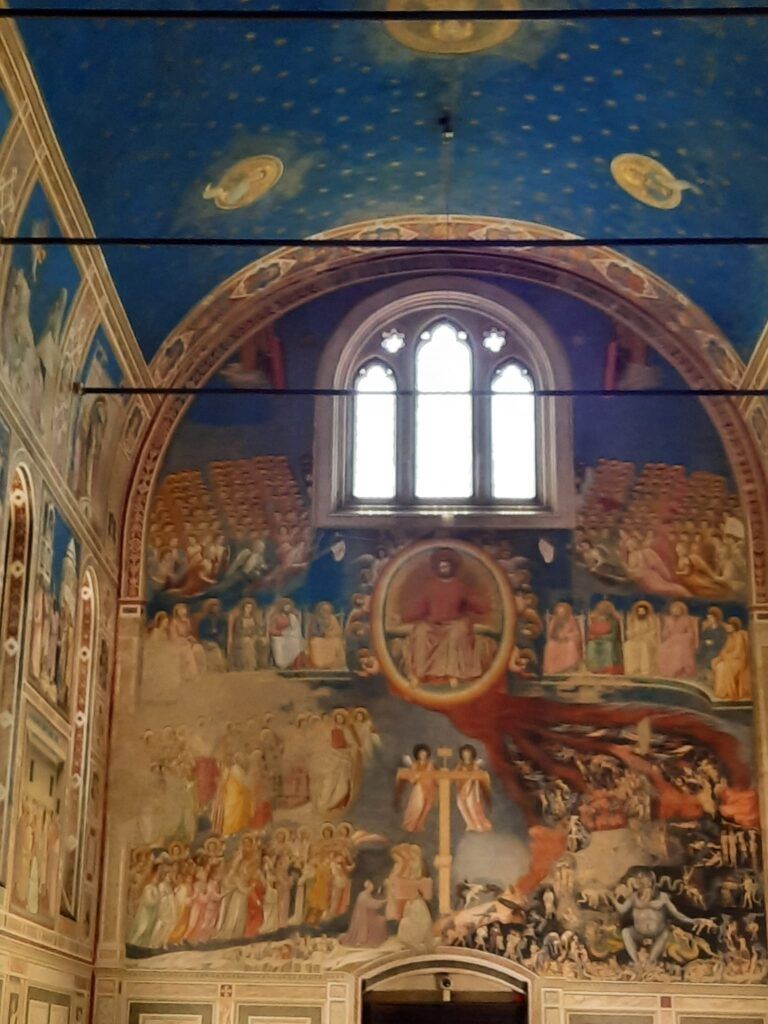


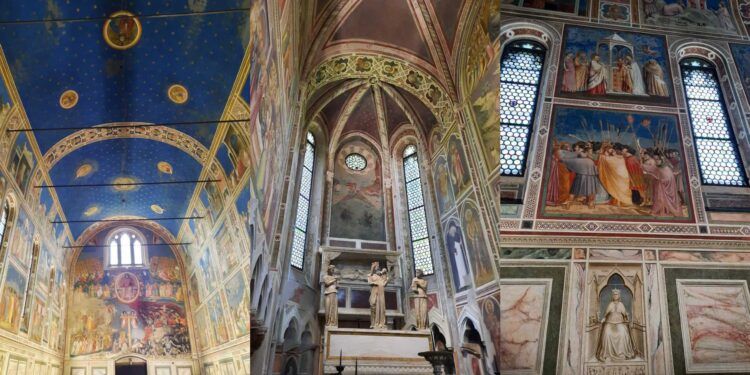





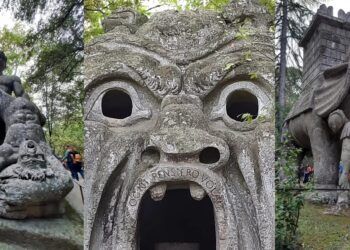

Discussion about this post